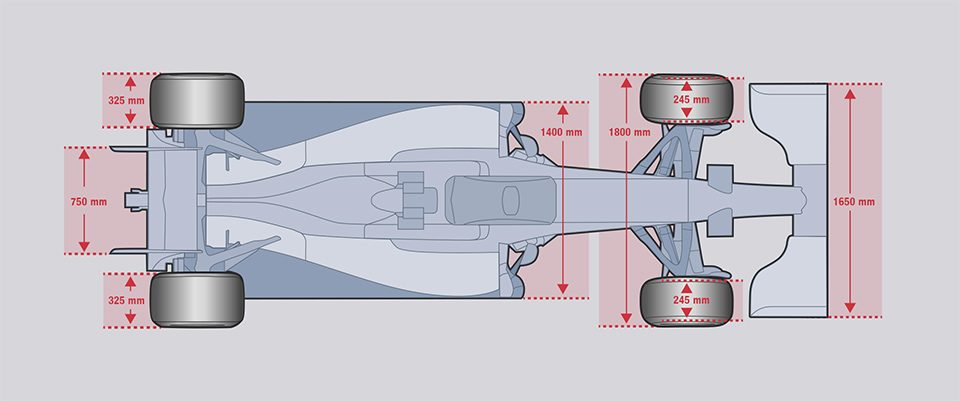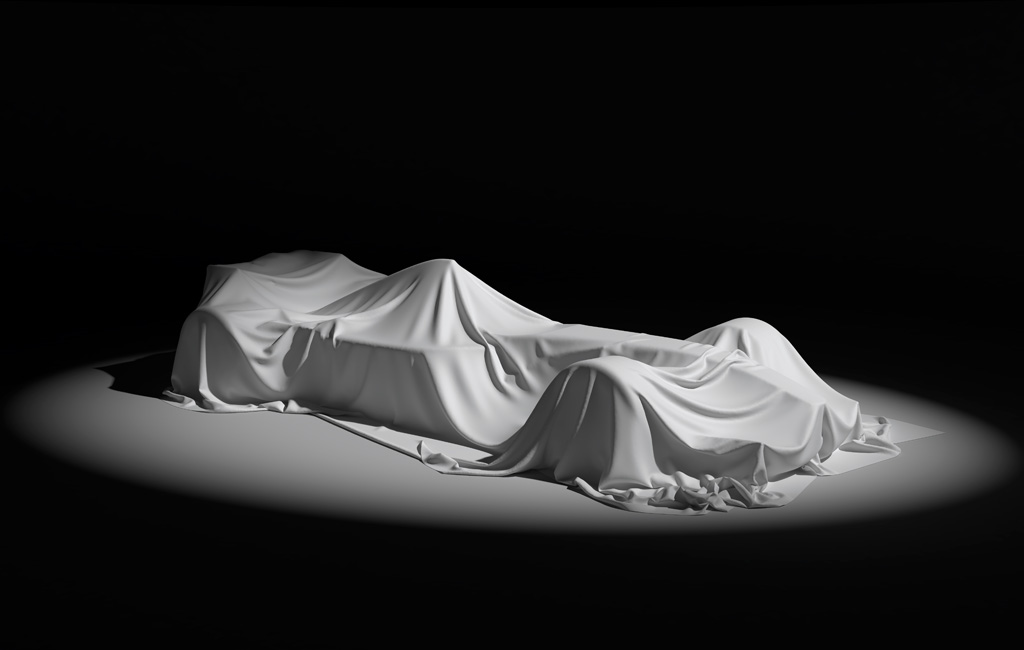The most far-reaching change in the rules for the 2017 Formula One season has to do with the body. The cars will be broader, flatter, lower to the ground and more aggressive looking. The new “outer skin” will primarily impact the vehicles’ aerodynamics. Dr. Jürgen Schöne, Head of Aerodynamics at ebm-papst in Mulfingen – the official Mercedes-AMG Petronas Motorsport team supplier – talks about the possible consequences.
In the coming Formula One season the cars will be broader, lower to the ground and more agressive looking. How will these changes affect the cars’ aerodynamics?

Dr. Jürgen Schöne: Overall, the changes mean that the vehicles will generate a higher aerodynamic downforce. This enables improved grip giving higher cornering speeds. Aerodynamic design has the goal of maximizing downforce for the entire car and beyond. Making the front wings broader and the nose longer gives the teams the opportunity to improve the design of the flow around the cars. This is an important aspect because the front wing influences the overall aerodynamics around the vehicle. The air flows from the front wing over the front wheel, chassis and rear wing. This is why the front wing’s geometry must be designed to improve the flow over the remaining components. For example, the lateral wind deflectors are now larger. This measure has an influence on the extremely turbulent flow coming from the front wheels.
Why does this make the cars faster?
First, we must define what we mean by “fast.” That mainly means the lowest possible time per lap. Whether the car has a higher total speed or is faster in the corners depends on many parameters. In addition to motor power, acceleration capacity, drag and downforce, the driver’s skill plays a role. Aerodynamic factors make an important contribution indeed. Faster lap times can only be explained and understood by all of these factors. In the coming season, the lap times should decrease by one to five seconds – a significant amount.
Why do these changes make it harder to control the cars?
When vehicles generate more downforce, they can achieve higher cornering speeds. These stronger forces have an impact on the driver, whose fatigue increases during the race. This makes driving much more tiring.
Discover the changes to the car body:


Slide the arrows in the middle to compare the size of the car body between the 2016 season and the upcoming season.
Does the shape of the front wing play a role when cars are seconds away from each other?
When vehicles slip-stream during races, the aerodynamics of the last in line are heavily influenced by the ones ahead. Of course the negative influences must be kept to the minimum.
The front wing plays an important role since it is the first part of the car affected in situations like this and must bear most of the force. The task is to find a geometry that facilitates good downforce values despite the turbulence. Formula One engineers encounter this extremely complex problem with multiple wing solutions. The front wing consists of several elements that are offset three-dimensionally.
Let’s apply the rule changes to your daily work now. What does it mean when a fan’s wings become broader and longer?
These are very typical parameters for us. When we have the space, we try to leverage it with as much wing area as possible. After all, more wing area leads to improved air performance at constant outer dimensions and speeds.
How do you meet this challenge?
Our approach is not much different than the one used in Formula One. The engineers have a task with clear goals and specific technical constraints. They have specific approaches and tools. In conversation with them, we discovered that they use the same set of tools we use: simulation, tests and results from the field.
We use almost the same simulation tool as the engineers in Brackley. They carry out tests in wind tunnels while we go to the air performance test stand for ours. They take the vehicle to the race track and we use measured values from applications.

Leave a comment